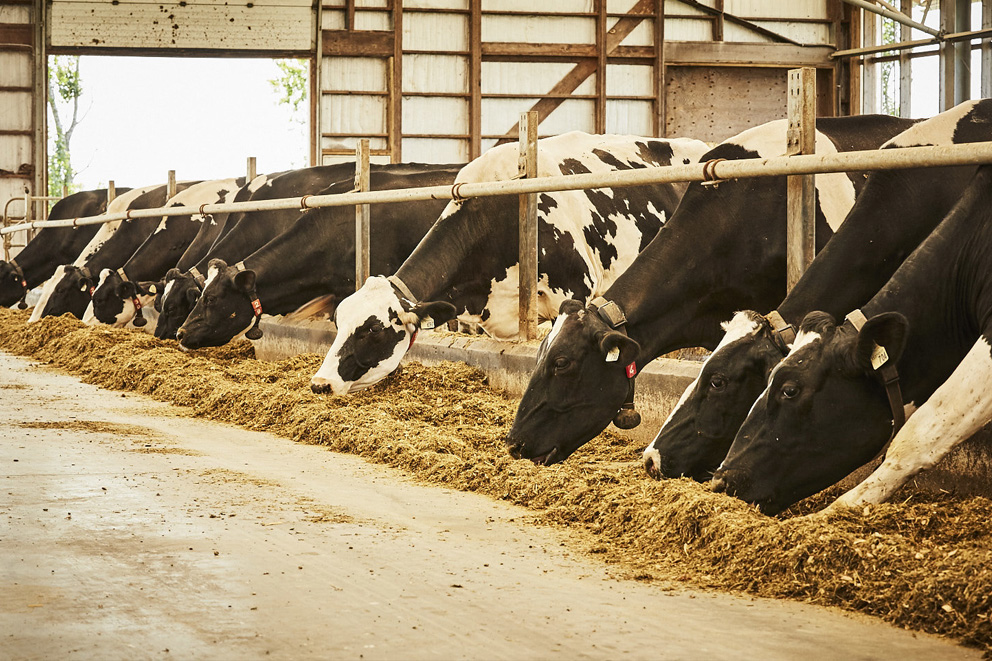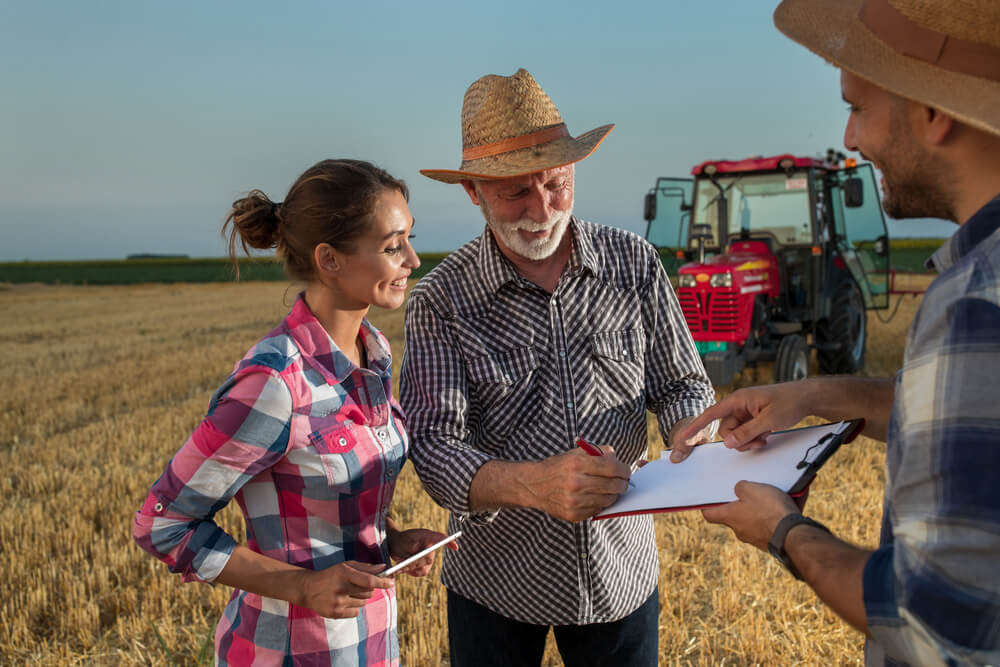Farming is not just a profession; its a way of life. From sowing seeds under dawns early light to tending to livestock at dusk, farmers pour their hearts and souls into their land.
However, the agricultural journey is fraught with uncertainties, from unpredictable weather patterns to market fluctuations, and everything in between. This is where farm insurance steps in—a vital safeguard that protects both the livelihood of farmers and the sustainability of our food supply.
Understanding how farm insurance works can feel like navigating a complex maze, filled with various policies, coverage options, and legal jargon. In this article, we’ll demystify farm insurance, breaking down its components and explaining what you need to know to make informed decisions.
Whether youre a seasoned farmer or just starting out, knowing how to effectively manage risks through proper insurance can be the difference between thriving and barely surviving in the agricultural landscape.
Types of Farm Insurance Coverage

Farm insurance coverage encompasses a variety of policy options designed to protect farmers and their livelihoods from the unique risks associated with agricultural activities. At its core, it often includes property insurance, which safeguards buildings, equipment, and crops against damage from events like fire, theft, or natural disasters.
Liability coverage is another critical component, providing financial protection in the event that someone is injured on the farm or if your operations cause damage to neighboring properties. Beyond these basics, specialized endorsements can cover unique situations—such as livestock insurance, which specifically protects against the loss of animals, and crop insurance, aimed at safeguarding farmers against the unpredictability of weather impacts and market fluctuations.
Moreover, there are additional policies available that address greenhouse operations, organic farming practices, and farm equipment breakdowns, ensuring a well-rounded safety net for those who pour their lives into the land. In this complex landscape, understanding the different types of farm insurance coverage is essential for farmers to effectively navigate potential challenges and secure their valuable investments.
Risk Management Strategies for Farmers

Risk management strategies for farmers are essential in navigating the unpredictable terrain of agricultural operations. One effective approach is diversification; by planting a variety of crops or raising different livestock, farmers can mitigate losses from market fluctuations or adverse weather conditions.
Additionally, leveraging crop insurance policies serves as a safety net, protecting against events like droughts or floods that could devastate yields. Utilizing technology, such as precision agriculture tools, can enhance decision-making by providing real-time data on soil conditions and weather patterns.
Farmers might also consider establishing relationships with local cooperatives or industry associations, which can offer support and resources for risk assessment. Finally, developing a robust financial plan that includes contingency reserves allows farmers to respond swiftly to unexpected challenges, ensuring long-term sustainability and resilience in their farming endeavors.
Emerging Issues in Agriculture and Insurability

As the landscape of agriculture continues to evolve, several emerging issues are reshaping the insurability of farms and ranches. Climate change stands at the forefront, unleashing unpredictable weather patterns that result in both droughts and flooding, jeopardizing crop yields in ways previously unimaginable.
Additionally, the rise of precision agriculture brings new challenges; while technology can optimize production, it also introduces complexities in risk assessment and coverage options. Legal liabilities are also becoming more pronounced, as regulations around sustainable practices and food safety tighten.
Concurrently, the global market dynamics—fluctuating commodity prices and trade policies—further complicate the financial security of agricultural businesses. Farmers now find themselves navigating a maze of risks that are not only multifaceted but also deeply interconnected, prompting a re-evaluation of traditional insurance models to better address these contemporary uncertainties.
Thus, understanding these emerging issues is pivotal for farmers seeking adequate coverage in an increasingly volatile environment.
Conclusion
In conclusion, understanding farm insurance is essential for protecting your agricultural investments and ensuring the sustainability of your operations. With various coverage options available, it is crucial to evaluate your specific needs and select a policy that adequately addresses the unique risks associated with farming.
Companies like Erie Mutual Farm Insurance offer tailored solutions to help farmers safeguard their livelihood. By taking the time to educate yourself about your insurance options, you can secure peace of mind, allowing you to focus on what you do best—cultivating your land and producing quality goods for the community.


